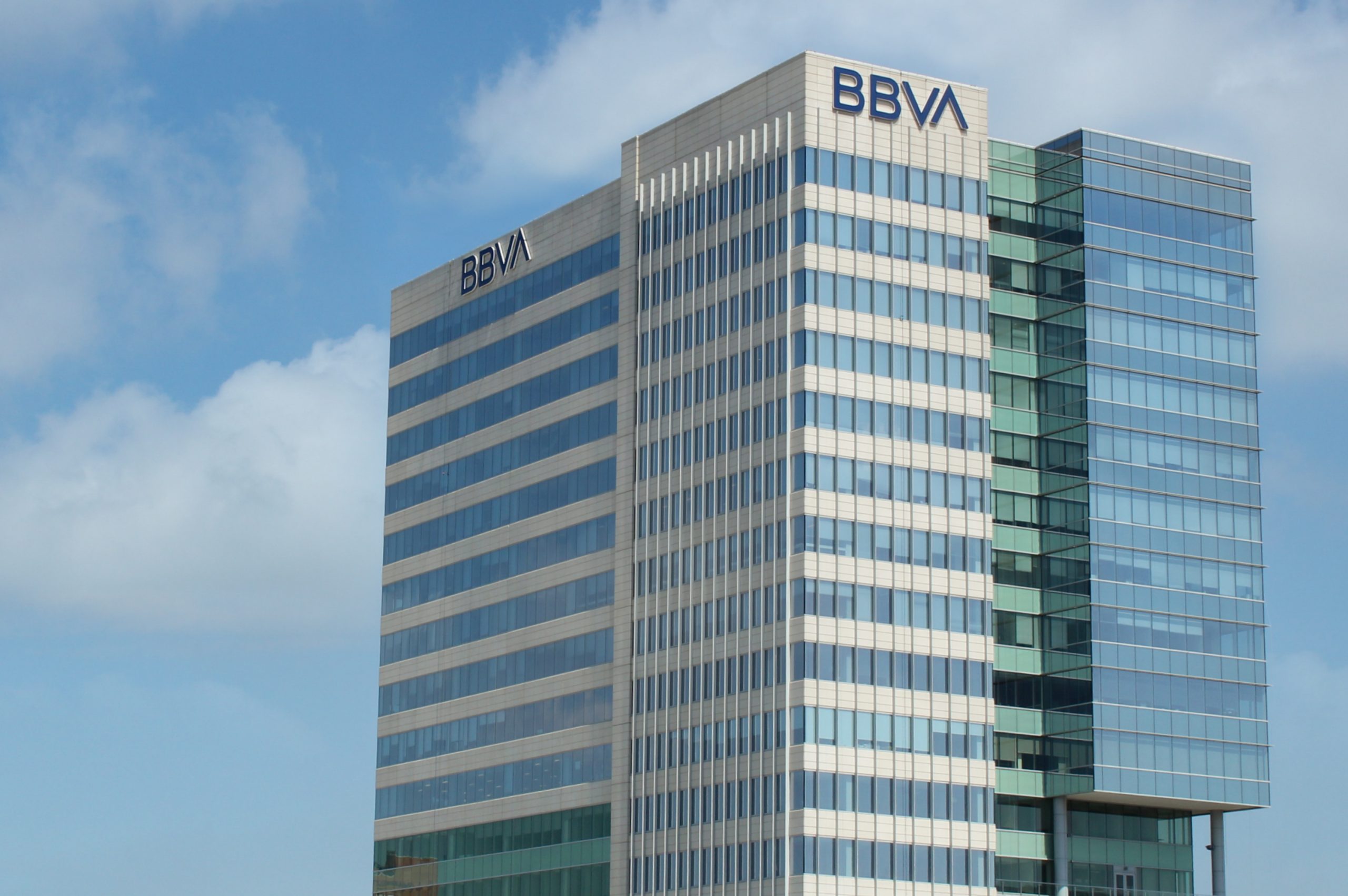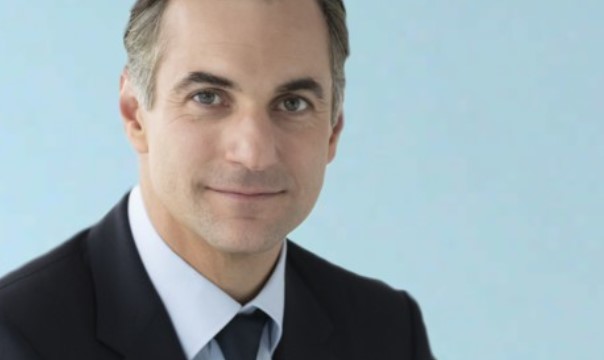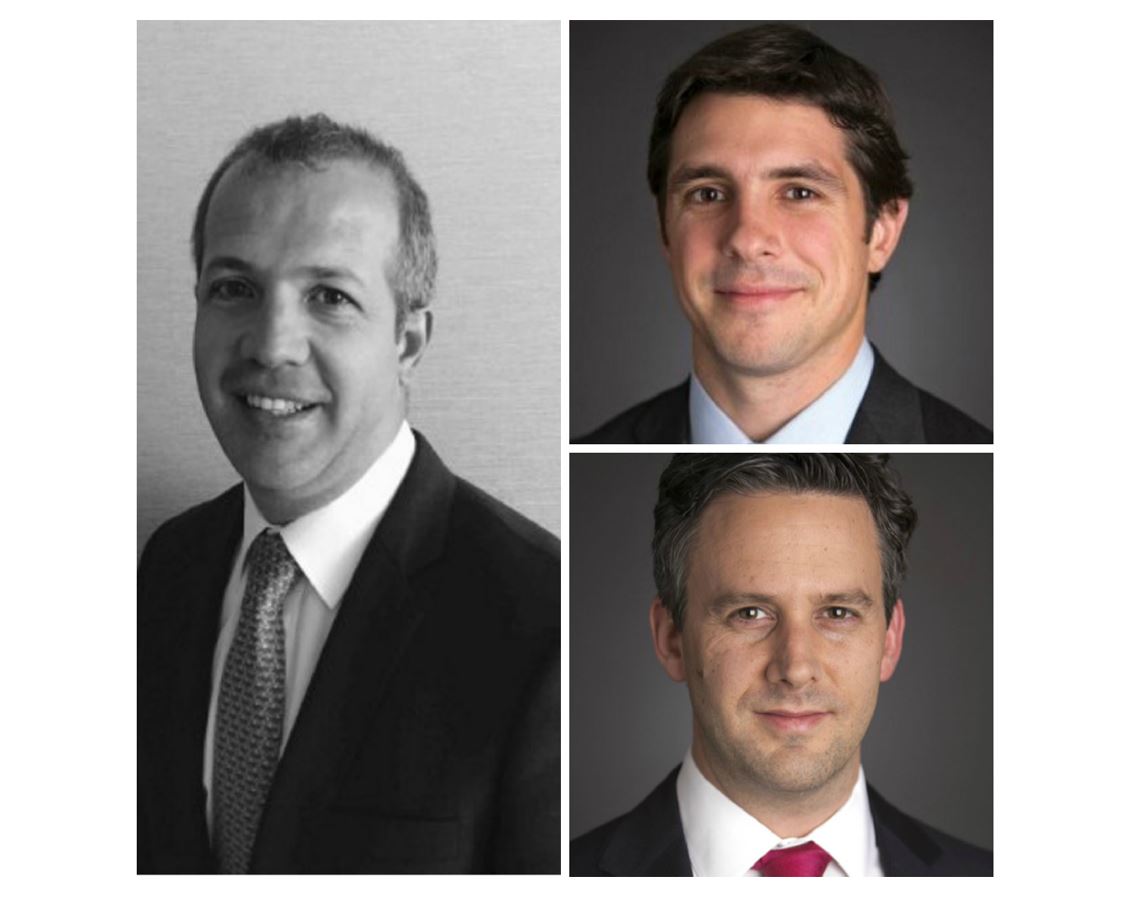Climate Change and Emerging Markets after COVID-19
| By Meritxell Sedo | 0 Comentarios

The world stands to lose nearly half of its potential economic output by the end of the century. That’s the shortfall we face if we fail to make further progress on climate change.
But this is only an average. According to Laurent Ramsey, Co-CEO of Pictet Asset Management and Managing Partner at Pictet Group, emerging markets are at risk of faring even worse given their particular vulnerabilities to rising sea levels, drought and slumps in agricultural output. It’s a bleak picture. But there are also reasons for hope.
The scientific consensus on climate change is becoming widely accepted, and governments, individuals and businesses have started to act. With the benefit of some clear thinking and careful planning, much more can be done. Particularly across the emerging world.
Everywhere, human ingenuity, technological advances and the understanding that comes from experience and education are all positive forces that will drive efforts to mitigate climate change and to help us adapt to its effects.
This paper by Professor Cameron Hepburn and his team at the University of Oxford Smith School of Enterprise and the Environment offers a deep and broad analysis of the risks and opportunities emerging economies – and the world more generally – face from climate change. Their insights are based on the latest economic and climate modelling techniques.
It is research that Pictet Asset Management is proud to have sponsored. The dynamics this report describes will play a critical role for investors over the coming decades. The pace at which governments act will determine how capital should best be allocated, be it regionally or across asset classes.
Pictet Asset Management responsibility as managers of their clients’ assets is to understand the forces that shape the world, not just during the coming quarter or two, but sometimes over lifetimes – indeed, this frames their pioneering thematic approach. It also underpins their commitment to investing in emerging markets, which, notwithstanding short-term fluctuations, represent the greatest potential for long-term economic growth. Just think of the enormous strides these countries have made over recent decades.
Such are the foundations on which Pictet has grown during the past two centuries. But as talented as their own analysts, economists and investment managers are, Pictet Asset Management recognizes there is always more to learn. For nearly a millennium, Oxford’s academic community has created a well of knowledge that has profoundly influenced the course of humanity. Pictet Asset Management´s own history suggests that they have also had some success in taking the long-term view.
Which is why Pictet Asset Management has forged this partnership with Oxford’s Smith School. Thanks to their vast expertise in both environmental economics and emerging economies,
And, extraordinarily, they’ve done so through the lens of one of the most traumatic global developments in modern memory.
Compounding the challenge of how to negotiate the long-term peril presented by climate change is a more immediate crisis – the Covid-19 pandemic that has ravaged communities around the world. As this paper makes clear, the vast fiscal and monetary packages governments continue to put in place to support their economies over the near term can also considerably help efforts to limit global warming over decades to come if invested wisely.
Thankfully, the worst-case outcome, that of failing to do anything more to prevent global warming than we already have, is unlikely. Governments, businesses and individuals have recognized the need for action and have put steps in place.
Rather, the issue is: how much do we do? We can’t take for granted that all the effort will come from the developed world. Emerging countries are at risk of suffering disproportionately from the effects of global warming. And I think they are rising to the challenge – not least because taking measures is an investment that will often reap considerable rewards, and not just over the very long term.
In some areas, emerging economies are even well placed to take a lead. China already accounts for the lion’s share of photovoltaic cell manufacturing, is at the forefront of research and development and is one of the biggest adopters of the technology. Renewables combined with decentralised energy systems could help other emerging economies escape the need for massive investment in large networks. And as renewables become ever more cost effective, many of these countries could end up with cheaper energy than their developed rivals.
Some of the measures governments introduce, such as redirecting fossil fuel subsidies towards renewable energy sources, will be temporarily unpopular because they run counter to embedded interests. But the economic justification is clear. As the cost of power generated by renewables falls, fossil fuels will become ever less attractive. Great swathes of infrastructure devoted to fossil fuel production and use will be mothballed.
Ultimately, the work done by Professor Hepburn and his team leaves us hopeful. The challenges posed by climate change are huge. But they’re not insurmountable. And the emerging world has both its role to play and rewards to reap.
Read more about the Oxford-Smith paper at this link.
Except otherwise indicated, all data on this page are sourced from the Climate Change and Emerging Markets after COVID-19 report, October 2020.
Information, opinions and estimates contained in this document reflect a judgment at the original date of publication and are subject to risks and uncertainties that could cause actual results to differ materially from those presented herein.
Important notes
This material is for distribution to professional investors only. However it is not intended for distribution to any person or entity who is a citizen or resident of any locality, state, country or other jurisdiction where such distribution, publication, or use would be contrary to law or regulation. Information used in the preparation of this document is based upon sources believed to be reliable, but no representation or warranty is given as to the accuracy or completeness of those sources. Any opinion, estimate or forecast may be changed at any time without prior warning. Investors should read the prospectus or offering memorandum before investing in any Pictet managed funds. Tax treatment depends on the individual circumstances of each investor and may be subject to change in the future. Past performance is not a guide to future performance. The value of investments and the income from them can fall as well as rise and is not guaranteed. You may not get back the amount originally invested.
This document has been issued in Switzerland by Pictet Asset Management SA and in the rest of the world by Pictet Asset Management Limited, which is authorised and regulated by the Financial Conduct Authority, and may not be reproduced or distributed, either in part or in full, without their prior authorisation.
For US investors, Shares sold in the United States or to US Persons will only be sold in private placements to accredited investors pursuant to exemptions from SEC registration under the Section 4(2) and Regulation D private placement exemptions under the 1933 Act and qualified clients as defined under the 1940 Act. The Shares of the Pictet funds have not been registered under the 1933 Act and may not, except in transactions which do not violate United States securities laws, be directly or indirectly offered or sold in the United States or to any US Person. The Management Fund Companies of the Pictet Group will not be registered under the 1940 Act.
Pictet Asset Management Inc. (Pictet AM Inc) is responsible for effecting solicitation in North America to promote the portfolio management services of Pictet Asset Management Limited (Pictet AM Ltd) and Pictet Asset Management SA (Pictet AM SA).
In Canada Pictet AM Inc is registered as Portfolio Managerr authorized to conduct marketing activities on behalf of Pictet AM Ltd and Pictet AM SA. In the USA, Pictet AM Inc. is registered as an SEC Investment Adviser and its activities are conducted in full compliance with the SEC rules applicable to the marketing of affiliate entities as prescribed in the Adviser Act of 1940 ref. 17CFR275.206(4)-3.









